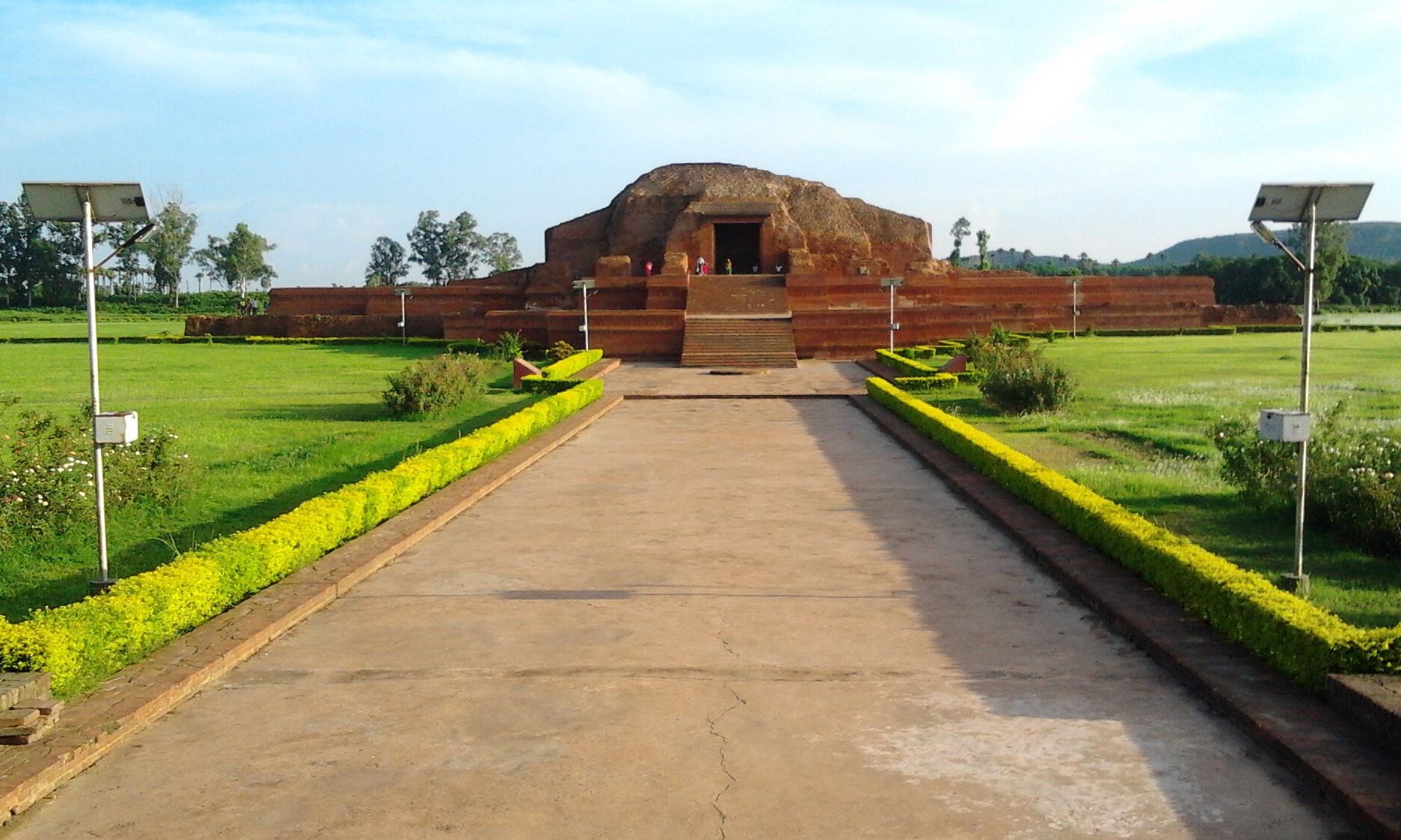Sultanganj is a town in Bhagalpur district of Bihar, 109 km away from Babadham and has a railway station, of the same name on the loop-line of the Eastern Railway running from Calcutta to Kiul. It is situated close to the river Ganges.
An excellent all-weather road connecting Bhagalpur with Monghyr and Patna also serves it. It has a cosmopolitan population of about eleven thousand persons. It is a flourishing business place and there are a number of schools and colleges.
https://youtu.be/qESHwPN45eo?si=o5ukJHZuCFPUhK5- /*! elementor - v3.20.0 - 20-03-2024 */ .elementor-widget-divider{--divider-border-style:none;--divider-border-width:1px;--divider-color:#0c0d0e;--divider-icon-size:20px;--divider-element-spacing:10px;--divider-pattern-height:24px;--divider-pattern-size:20px;--divider-pattern-url:none;--divider-pattern-repeat:repeat-x}.elementor-widget-divider .elementor-divider{display:flex}.elementor-w…


















